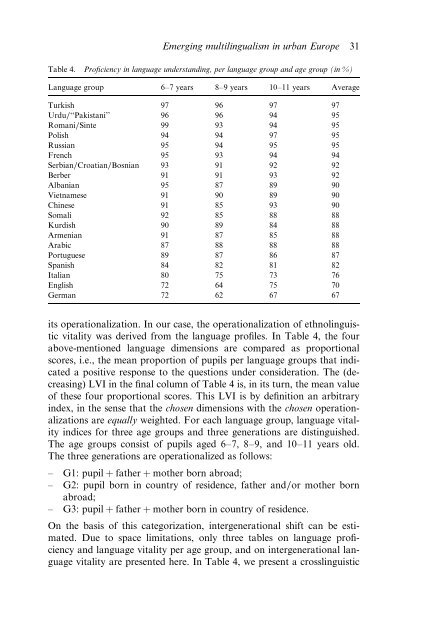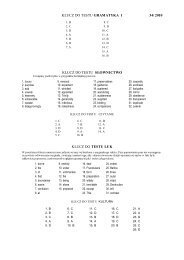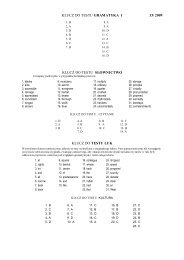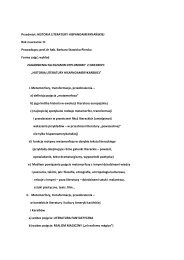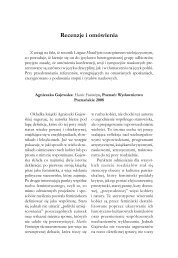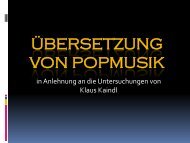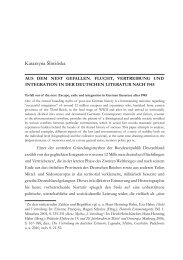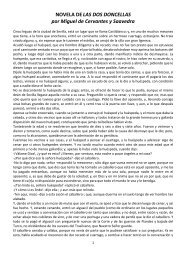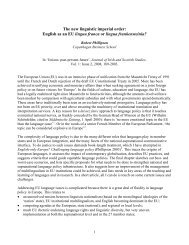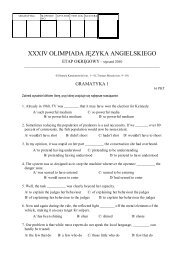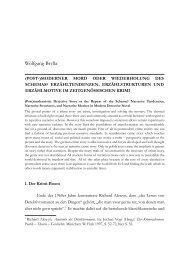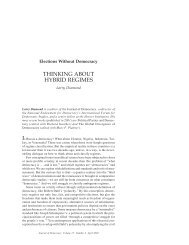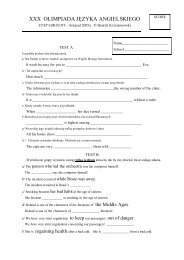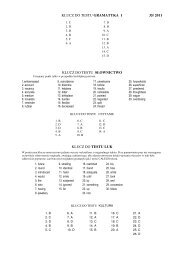R9 EXTRA YAGMUR Emerging multilingualism in urban Europe.pdf
R9 EXTRA YAGMUR Emerging multilingualism in urban Europe.pdf
R9 EXTRA YAGMUR Emerging multilingualism in urban Europe.pdf
You also want an ePaper? Increase the reach of your titles
YUMPU automatically turns print PDFs into web optimized ePapers that Google loves.
<strong>Emerg<strong>in</strong>g</strong> <strong>multil<strong>in</strong>gualism</strong> <strong>in</strong> <strong>urban</strong> <strong>Europe</strong> 31Table 4. Proficiency <strong>in</strong> language understand<strong>in</strong>g, per language group and age group (<strong>in</strong> %)Language group 6–7 years 8–9 years 10–11 years AverageTurkish 97 96 97 97Urdu/‘‘Pakistani’’ 96 96 94 95Romani/S<strong>in</strong>te 99 93 94 95Polish 94 94 97 95Russian 95 94 95 95French 95 93 94 94Serbian/Croatian/Bosnian 93 91 92 92Berber 91 91 93 92Albanian 95 87 89 90Vietnamese 91 90 89 90Ch<strong>in</strong>ese 91 85 93 90Somali 92 85 88 88Kurdish 90 89 84 88Armenian 91 87 85 88Arabic 87 88 88 88Portuguese 89 87 86 87Spanish 84 82 81 82Italian 80 75 73 76English 72 64 75 70German 72 62 67 67its operationalization. In our case, the operationalization of ethnol<strong>in</strong>guisticvitality was derived from the language profiles. In Table 4, the fourabove-mentioned language dimensions are compared as proportionalscores, i.e., the mean proportion of pupils per language groups that <strong>in</strong>dicateda positive response to the questions under consideration. The (decreas<strong>in</strong>g)LVI <strong>in</strong> the f<strong>in</strong>al column of Table 4 is, <strong>in</strong> its turn, the mean valueof these four proportional scores. This LVI is by def<strong>in</strong>ition an arbitrary<strong>in</strong>dex, <strong>in</strong> the sense that the chosen dimensions with the chosen operationalizationsare equally weighted. For each language group, language vitality<strong>in</strong>dices for three age groups and three generations are dist<strong>in</strong>guished.The age groups consist of pupils aged 6–7, 8–9, and 10–11 years old.The three generations are operationalized as follows:– G1: pupil þ father þ mother born abroad;– G2: pupil born <strong>in</strong> country of residence, father and/or mother bornabroad;– G3: pupil þ father þ mother born <strong>in</strong> country of residence.On the basis of this categorization, <strong>in</strong>tergenerational shift can be estimated.Due to space limitations, only three tables on language proficiencyand language vitality per age group, and on <strong>in</strong>tergenerational languagevitality are presented here. In Table 4, we present a crossl<strong>in</strong>guistic


